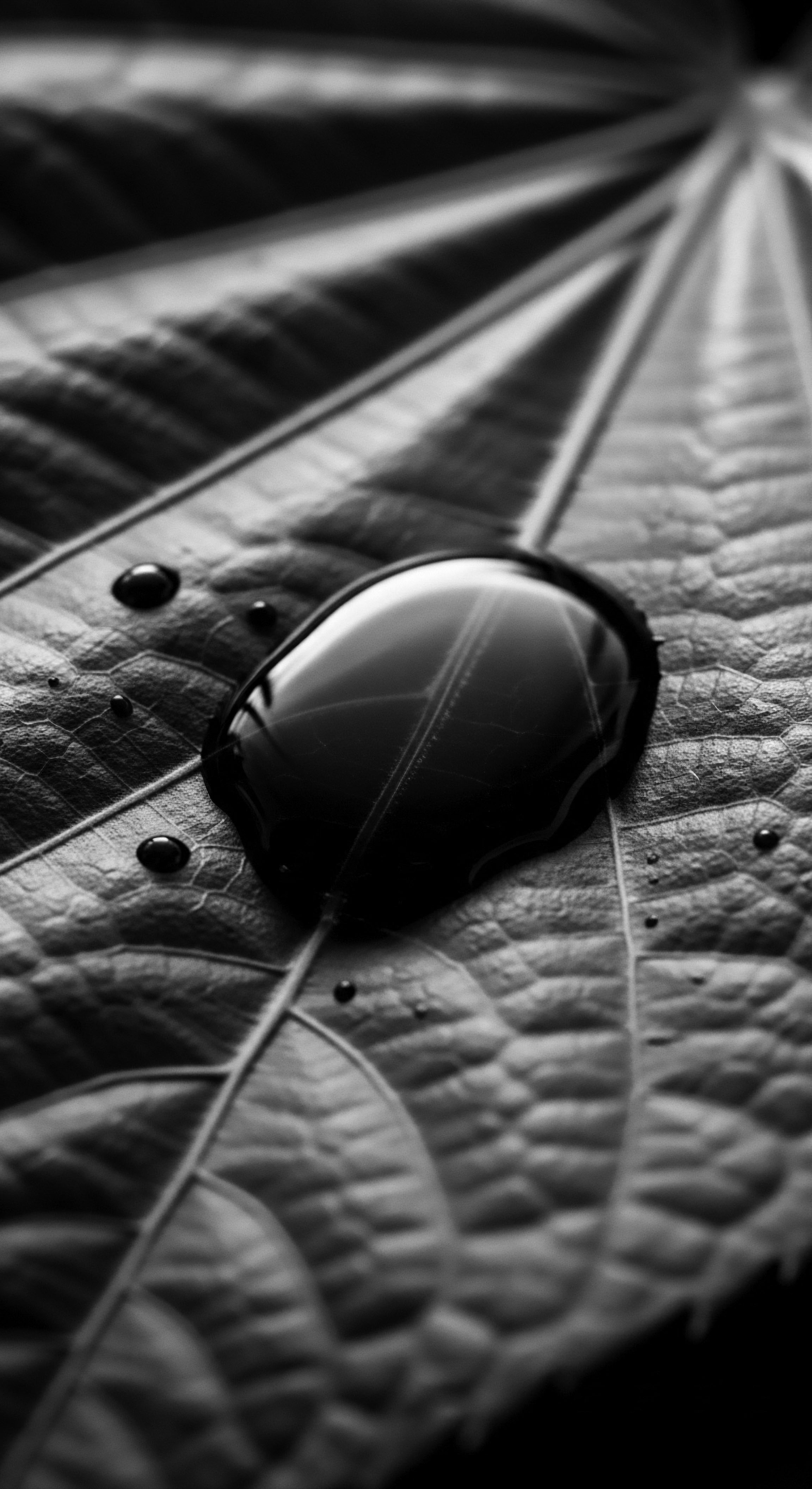
Fundamentals
The essence of Moisture Balance Hair, for those new to its contemplation, lies in cultivating an optimal equilibrium of water within the hair strand. It is a delicate dance between hydration—the absorption of water into the hair’s innermost layers—and emollients, which shield that vital water from swiftly escaping. Picture a well-nourished plant, its leaves verdant and pliable due to consistent internal moisture. Hair, particularly textured hair, demands a similar attentive cycle to maintain its resilience and inherent beauty.
Without sufficient hydration, hair becomes brittle and stiff, inviting fracture. With inadequate sealing, the water absorbed simply evaporates, leaving the strands thirsty once more. This fundamental concept, seemingly simple, holds generations of wisdom within its grasp, especially for those whose heritage is interwoven with the coils, kinks, and waves of textured hair.
Consider the hair shaft itself. It is not a monolithic structure, but rather a complex architecture. The outer layer, known as the Cuticle, consists of overlapping scales, resembling the shingles on a roof. Beneath this protective shield lies the Cortex, a region primarily composed of keratin proteins.
The cortex accounts for the hair’s strength, its elasticity, and its capacity to hold water. When the hair’s water content is harmonious, these layers work in concert. The cuticle lies smoothly, protecting the cortex, and the cortex maintains its pliable nature.
Moisture Balance Hair signifies a harmonious state where textured strands absorb and retain water effectively, fostering resilience and honoring their intrinsic beauty.
For textured hair, this balance is not a mere cosmetic preference; it represents a physiological imperative rooted deeply in its unique structure. The tightly coiled nature of textured strands, especially those in the 4A-4C spectrum, makes it challenging for the natural oils produced by the scalp, known as Sebum, to travel down the hair shaft. This structural characteristic means textured hair is inherently prone to dryness, making intentional practices for moisture retention indispensable. Understanding this inherent predisposition to dryness serves as a cornerstone for nurturing textured hair, acknowledging its needs with mindful care.
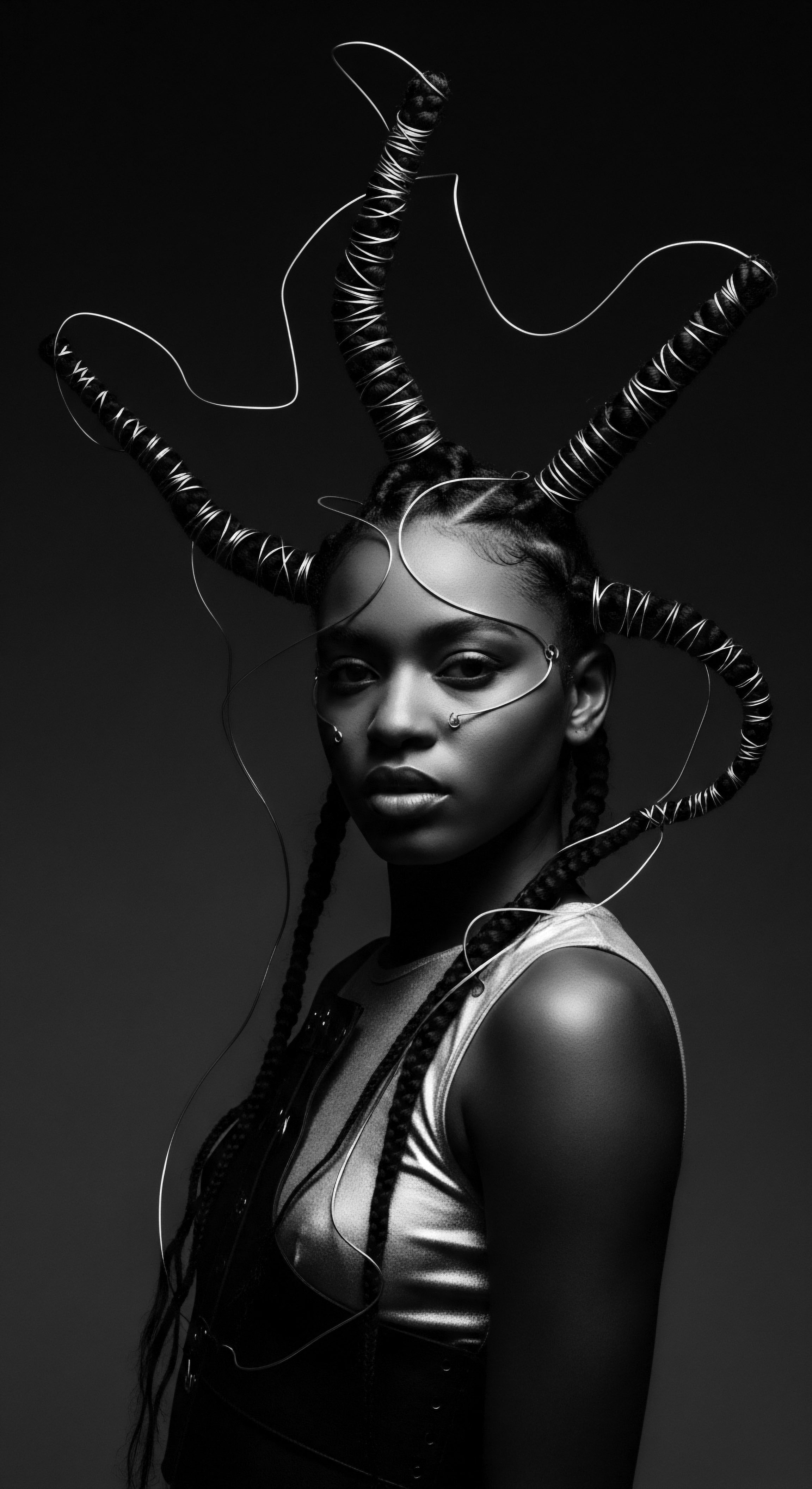
The Ancestral Whispers of Water
Long before the scientific lexicon described cuticles and cortices, communities across Africa instinctively understood the profound significance of hydration for their hair. Their traditions, honed over countless generations, demonstrate an intuitive grasp of moisture balance, weaving it into daily rituals and communal bonding. These practices were not born from laboratory experiments, but from an intimate knowledge of the land, its plants, and the very nature of their crowns.
The earliest forms of care, passed from elder to youth, focused on drawing from the earth’s bounty. They applied various plant-based emollients and humectants to sustain the hair’s vitality. This ancestral knowledge provided the very first understanding of how to maintain hair that could withstand the elements, communicate identity, and express collective spirit.
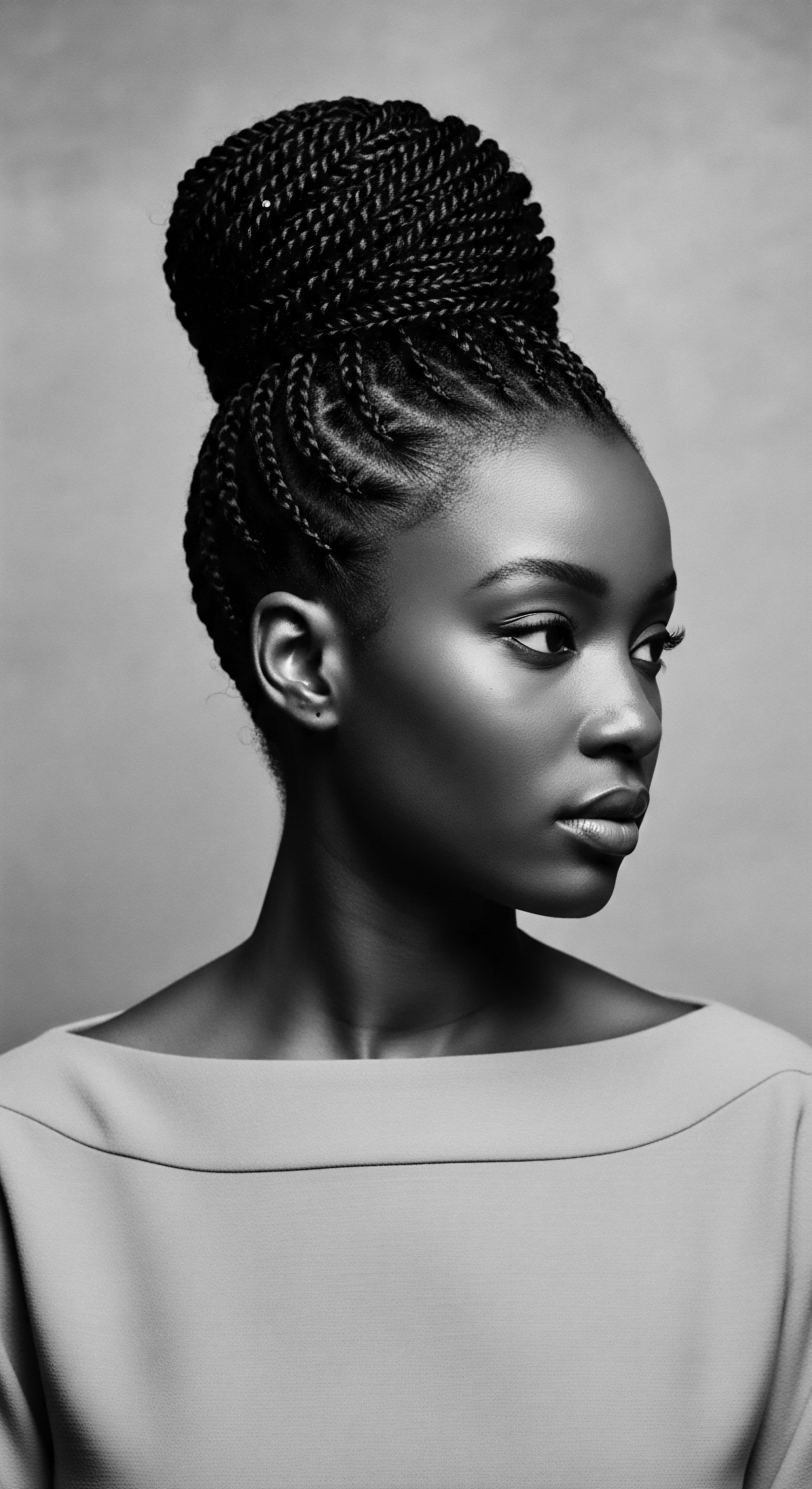
Elements of Ancient Moisturization
- Shea Butter ❉ Extracted from the nuts of the sacred Shea tree, this rich butter has been a cornerstone of African beauty rituals for centuries, widely recognized for its moisturizing properties for both skin and hair. Its presence provided a protective layer, sealing in the water that hair absorbed from the environment or cleansing rituals.
- Coconut Oil ❉ A versatile ingredient, coconut oil has been used in various African communities to nourish and protect hair, prioritizing moisture and scalp health.
- Aloe Vera ❉ Valued for its soothing properties and capacity to attract and hold water, aloe vera was a common natural remedy for hair hydration and scalp well-being.
- Chebe Powder ❉ Hailing from Chad, this blend of natural herbs, seeds, and plants traditionally coated and protected natural hair, reducing breakage and helping to lock in moisture, especially for kinky and coily textures. Its application involved mixing it with oils or butters onto damp hair before braiding.
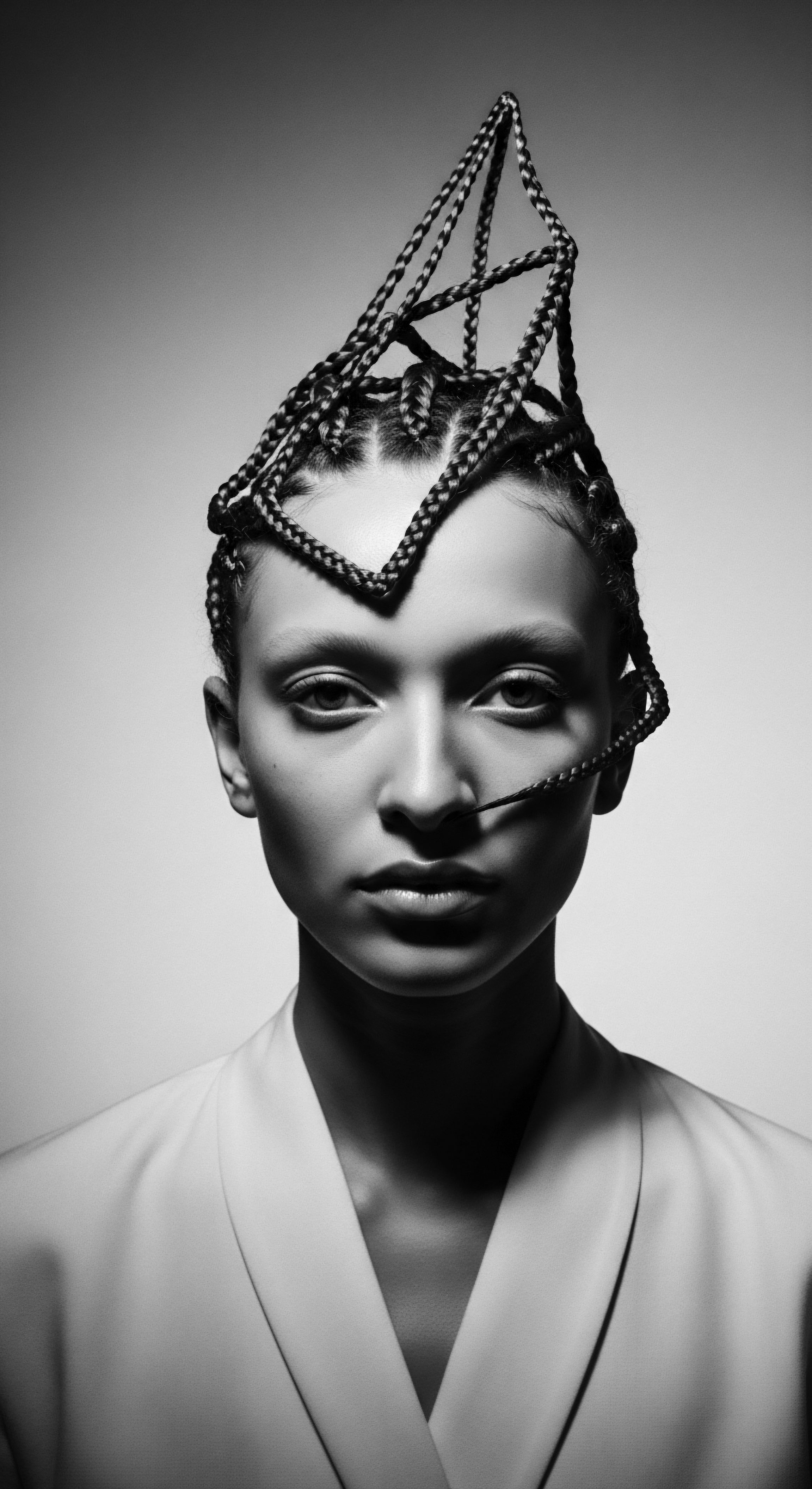
Intermediate
Stepping beyond the fundamental understanding, the intermediate definition of Moisture Balance Hair delves into the nuanced interplay of environmental factors, internal hair characteristics, and the intentional practices that foster this vital equilibrium. It acknowledges that achieving this balance is an ongoing process, influenced by the unique attributes of textured hair and the external forces it encounters. Hair’s water content dynamically shifts, responding to the relative humidity of its surroundings; materials with this property are known as Hygroscopic substances. The goal is to manage this dynamism, rather than to resist it.
Textured hair, with its distinct elliptical and curved shaft, often possesses a higher degree of porosity. This means the cuticle layers can be more easily lifted, allowing water to enter the hair shaft readily, but also permitting it to escape with similar ease. This characteristic, while granting the hair the capacity to absorb moisture, also contributes to its predisposition for rapid water loss. Thus, the deliberate act of “sealing” becomes a crucial element in maintaining moisture balance for textured hair.
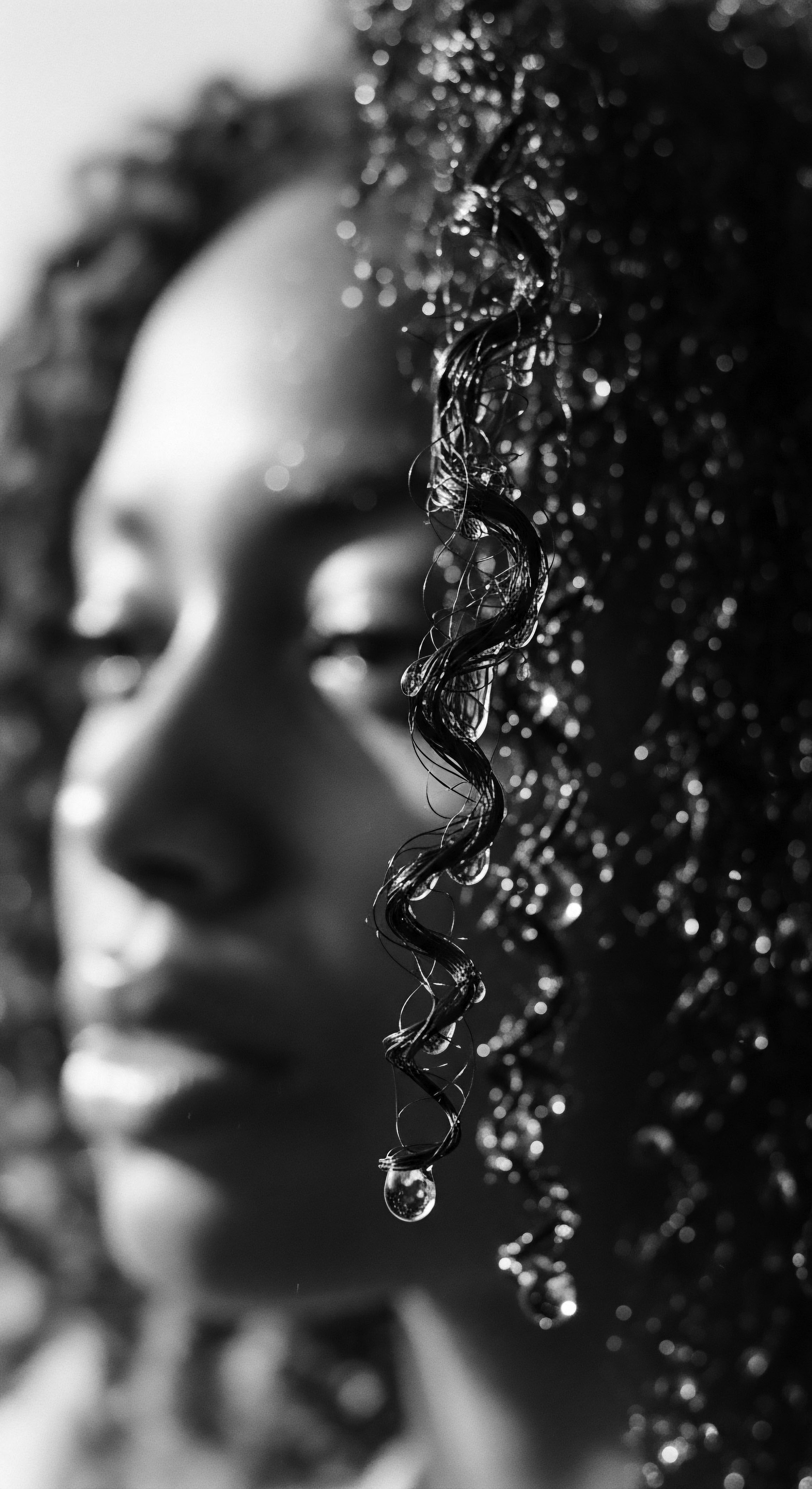
The Porosity Paradox and Ancestral Ingenuity
The inherent fragility and unique structure of Afro-textured hair, characterized by tightly coiled strands, contribute to its propensity for dryness and higher rates of breakage. This makes diligent attention to moisture balance paramount. While modern science details the intricacies of the hair shaft and its interaction with water, ancestral practices across the African diaspora intuitively addressed these very challenges.
Ancestral wisdom consistently reveals a profound understanding of hair’s inherent needs, long predating modern scientific nomenclature.
Consider the traditions of the Basara Tribe of T’Chad, whose women have long utilized Chebe powder to maintain their hair’s extraordinary length. This powder, mixed with oils or butters and applied to damp, braided hair, does not necessarily stimulate growth from the scalp; it primarily assists in retaining length by preventing breakage and sealing in moisture. This centuries-old practice showcases an intuitive, collective understanding of sealing in hydration, directly addressing the propensity for moisture loss in highly textured hair, a phenomenon now understood through the lens of porosity. The continuity of such traditions speaks to their efficacy and deep cultural grounding.
The concept of moisture balance for textured hair finds profound roots in the historical journey of Black and mixed-race communities. During the transatlantic slave trade, enslaved Africans were systematically stripped of their cultural identifiers, including their elaborate hair practices. Yet, even under such immense oppression, they found resourceful ways to sustain their hair’s vitality and maintain a connection to their heritage.
They crafted tools from available materials and utilized natural oils, butters, and even animal fats to nourish and protect their hair from harsh conditions. This enduring legacy of resilience and ingenuity highlights the profound cultural significance of hair care beyond mere aesthetics, transforming it into an act of self-preservation and identity affirmation.
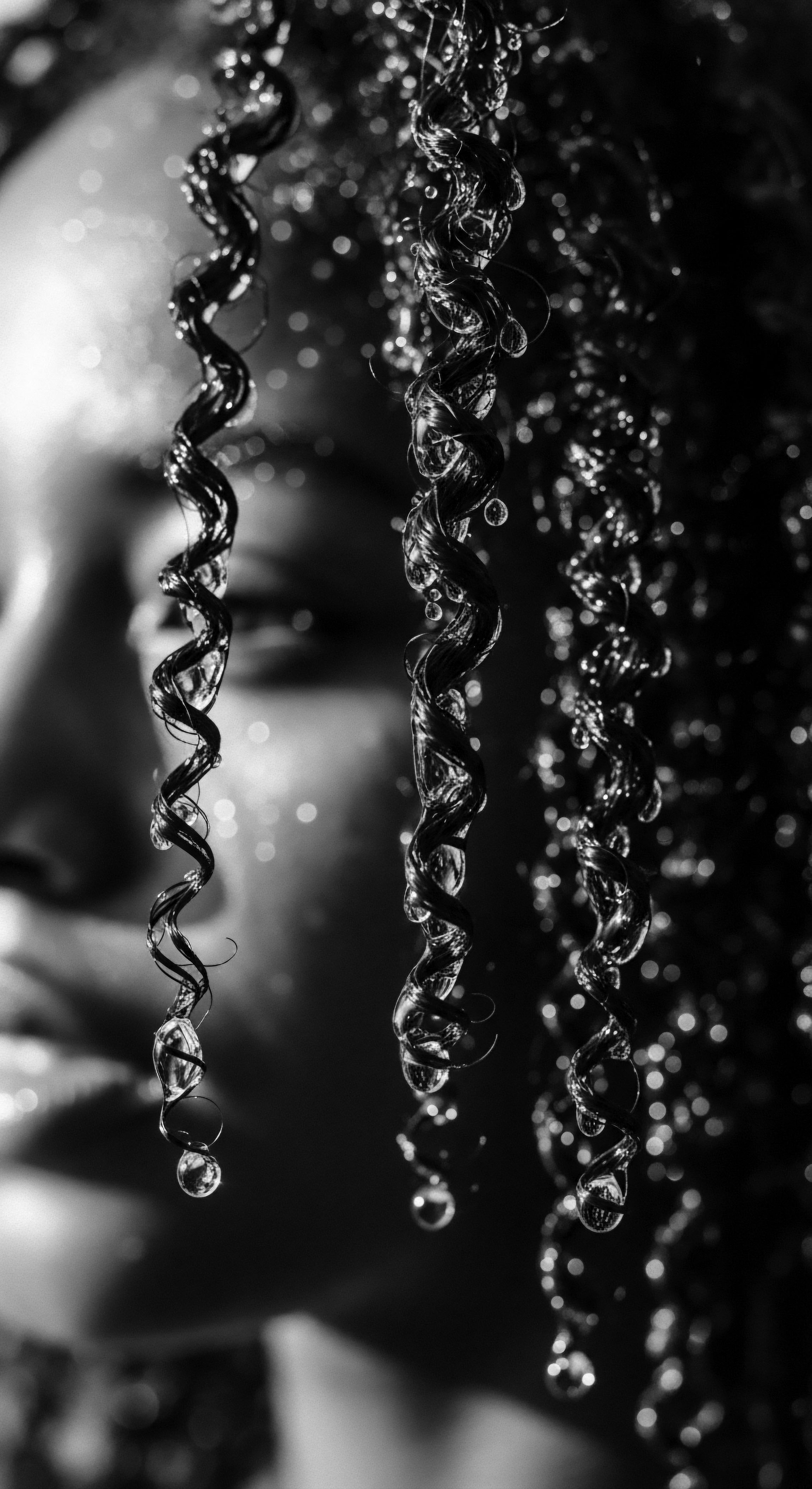
Cultivating a Balanced Regimen
Achieving moisture balance is not a singular act; it is a holistic ritual that honors the hair’s structural needs and historical context. The cycle often begins with gentle cleansing to remove buildup without stripping the hair of its natural moisture. This is followed by imparting water-based hydration, and then diligently sealing that moisture within the hair strands.
The communal aspects of hair care, a practice deeply rooted in African traditions, also contribute to a holistic sense of well-being, fostering connections and reinforcing cultural identity. This collective act of grooming speaks to the shared experiences and the enduring spirit of community, transforming routine into ritual.
| Aspect of Care Hydration Source |
| Ancestral Practice (Historical Context) Water from natural sources, often supplemented by plant infusions or milks. |
| Contemporary Application (Modern Scientific Understanding) Water, hydrating shampoos, leave-in conditioners with humectants like glycerin or hyaluronic acid. |
| Aspect of Care Moisture Retention Agents |
| Ancestral Practice (Historical Context) Natural butters (e.g. shea, mafura), plant oils (e.g. baobab, coconut, marula), animal fats. |
| Contemporary Application (Modern Scientific Understanding) Conditioners, oils, and creams following the LOC (liquid, oil, cream) or LCO methods, often containing natural oils and fatty alcohols. |
| Aspect of Care Protective Styling |
| Ancestral Practice (Historical Context) Intricate braiding, threading, and twisting for preservation and cultural communication. |
| Contemporary Application (Modern Scientific Understanding) Braids, twists, Bantu knots, and other styles to reduce manipulation and protect hair from environmental stressors. |
| Aspect of Care Community & Ritual |
| Ancestral Practice (Historical Context) Hair styling as a communal activity, strengthening social bonds and transmitting generational knowledge. |
| Contemporary Application (Modern Scientific Understanding) Salon visits, "wash day" gatherings, and online communities that provide support and shared experiences. |
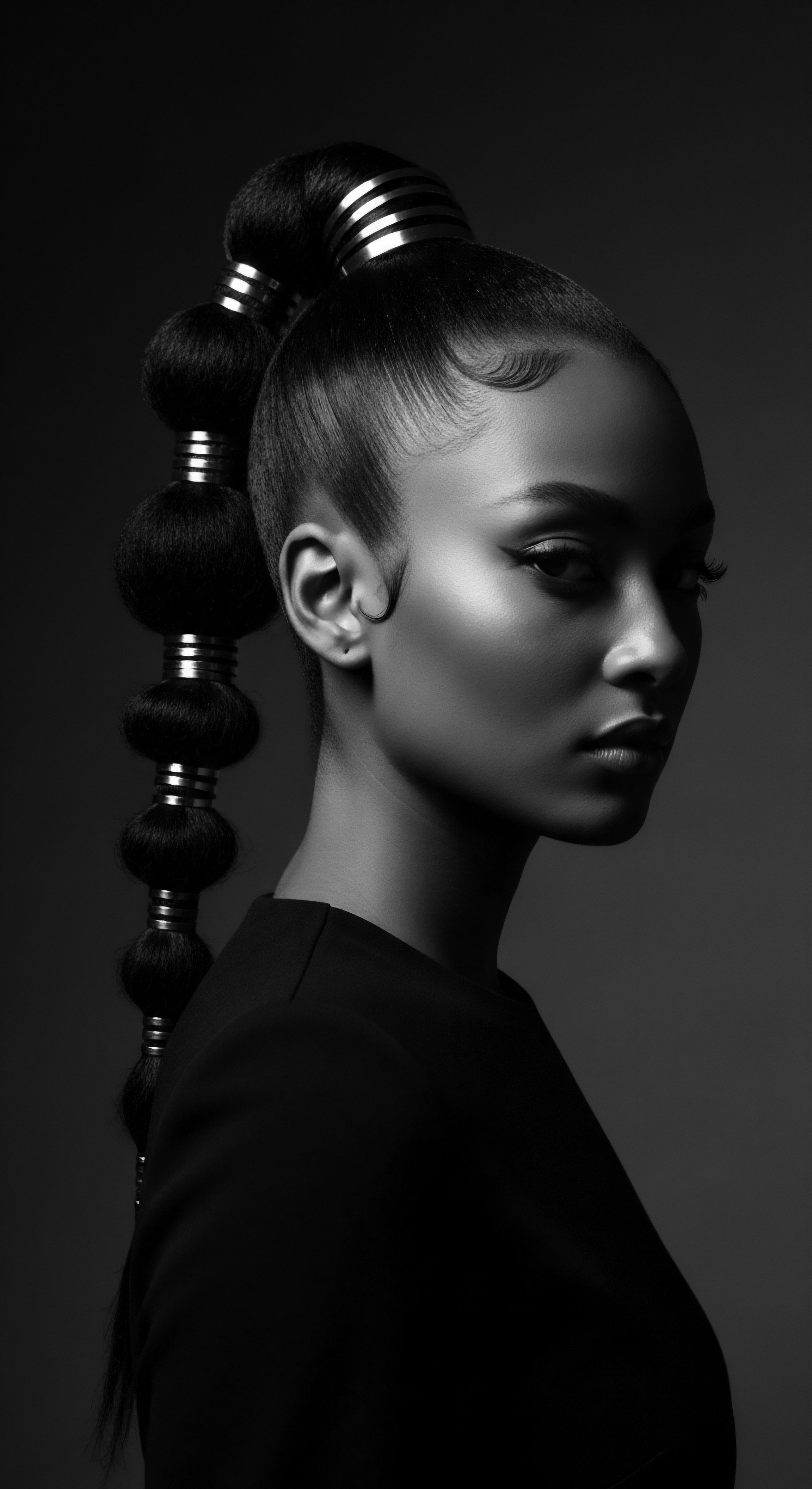
Academic
The academic understanding of Moisture Balance Hair extends into the biochemical and biophysical complexities of the hair fiber, particularly as it pertains to the unique morphology of textured hair. It dissects the nuanced interplay between water molecules and keratin proteins, recognizing that a precise equilibrium is essential for maintaining the structural integrity and mechanical properties of the hair shaft. This intellectual journey confirms what ancestral knowledge has long understood ❉ that water is both a life-giver and, if mismanaged, a potential challenge to hair’s fortitude.
At its very core, the meaning of Moisture Balance Hair refers to the optimal internal water content within the hair shaft, especially the cortex, coupled with the effective management of its external surface to prevent undue water loss or excessive water absorption, which can lead to phenomena such as hygral fatigue. Hair, predominantly composed of keratin proteins, interacts with water through hydrogen bonds. When hair is dry, these temporary hydrogen bonds form between the keratin proteins, contributing to the hair’s strength and shape.
When water permeates the hair, it disrupts these bonds, making the hair more pliable but also temporarily weaker. This explains why wet hair is more elastic but also more vulnerable to mechanical breakage if mishandled.
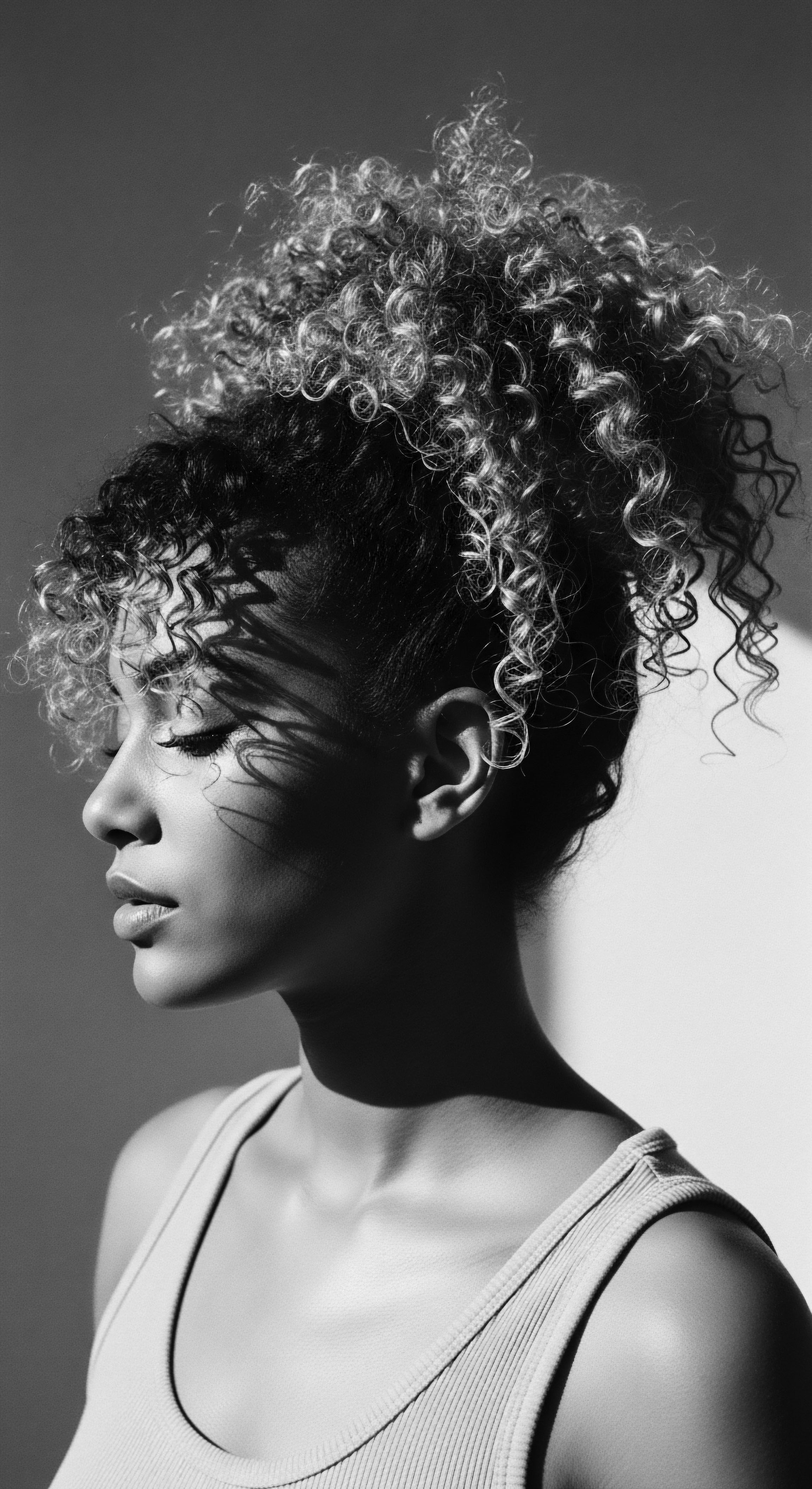
The Biophysics of Textured Strands
The inherent architecture of textured hair—specifically its elliptical cross-section and pronounced helical curvature—creates points of structural vulnerability. These unique features render Afro-textured hair less resistant to mechanical extension and more susceptible to premature failure and breakage compared to straighter hair types. This biological reality underpins the historical emphasis on moisture retention and protective styling within Black hair traditions.
Research from TRI Princeton, for instance, has clarified that highly coiled hair benefits significantly from increased water content in terms of reduced breakage. While for straighter hair types, increased water content often leads to undesirable frizz and loss of style, for highly coiled hair, hydration can remarkably reduce breakage during mechanical stress. This laboratory finding provides a scientific affirmation for centuries-old hair care methods that prioritize saturating textured hair with water before detangling or styling.
The observation that textured hair becomes easier to comb when wet versus dry underscores how water plasticizes the hair, making it more flexible. This scientific revelation bridges the gap between empirical ancestral practices and modern trichological understanding.
Scientific inquiry confirms that textured hair’s distinctive physical attributes necessitate a specialized moisture regimen for sustained health.
Furthermore, discussions around hair porosity, often a subject of consumer inquiry, receive scientific validation when considering textured hair. Studies indicate that very curly hair does indeed swell more than straighter hair types, aligning with the consumer perception of higher porosity. This increased swelling suggests a more open cuticle, allowing water to enter readily. The challenge, then, becomes retaining this absorbed water.
Traditional practices, such as the consistent use of heavy butters and oils, directly address this by creating an occlusive barrier, reducing the rate of water evaporation from the hair shaft. This proactive sealing method protects the hair’s internal hydration levels.
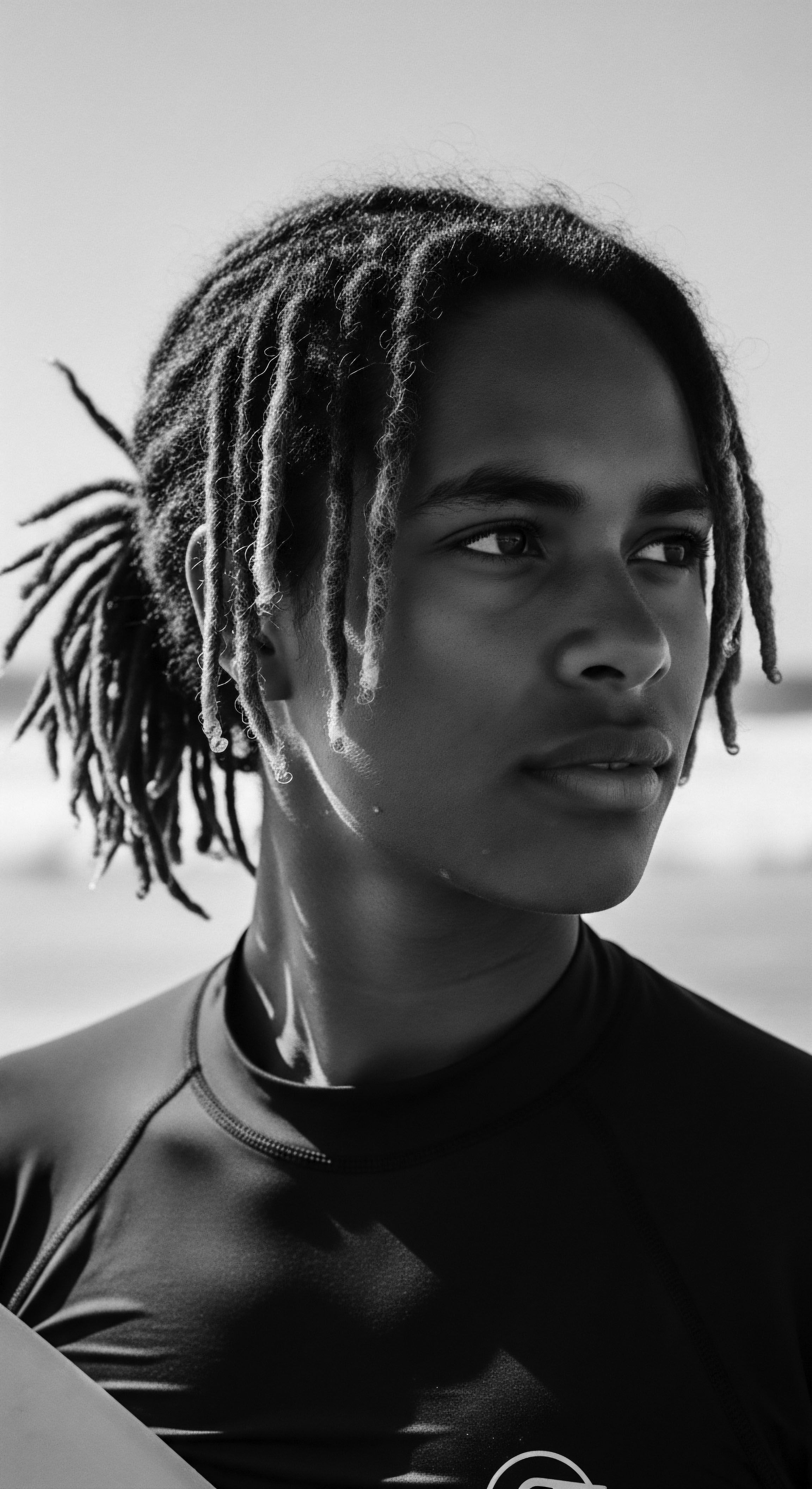
Moisture’s Molecular Dance
Understanding the molecular interaction of water with hair proteins provides deeper insight into moisture balance. The keratin chains within the cortex are stabilized by a complex network of chemical bonds. While disulfide bonds are permanent and contribute to the hair’s overall structure, weaker hydrogen bonds are easily broken by water and heat.
When hair is wet, water molecules form new hydrogen bonds with the keratin proteins, causing the hair structure to become more flexible and mobile. This increased flexibility, while beneficial for detangling and styling textured hair, also means the hair is in a temporarily weaker state.
- Water Absorption ❉ The hair’s cortex absorbs water, leading to the swelling of the hair shaft, a phenomenon particularly pronounced in highly coiled strands due to their structural characteristics.
- Hydrogen Bond Disruption ❉ Water temporarily breaks the hydrogen bonds holding keratin proteins together, increasing hair’s elasticity and making it more pliable.
- Cuticle Response ❉ As the cortex swells, the cuticle scales may lift, potentially leading to increased friction and greater susceptibility to damage if not properly managed.
- Moisture Retention Strategies ❉ Applying lipid-rich substances like oils and butters after hydration creates a hydrophobic layer that mitigates water loss, effectively “sealing” the moisture within the hair shaft.
- Mechanical Vulnerability ❉ While wet hair is easier to manipulate, its weakened hydrogen bonds make it more susceptible to breakage under mechanical stress, emphasizing the importance of gentle detangling and styling techniques.
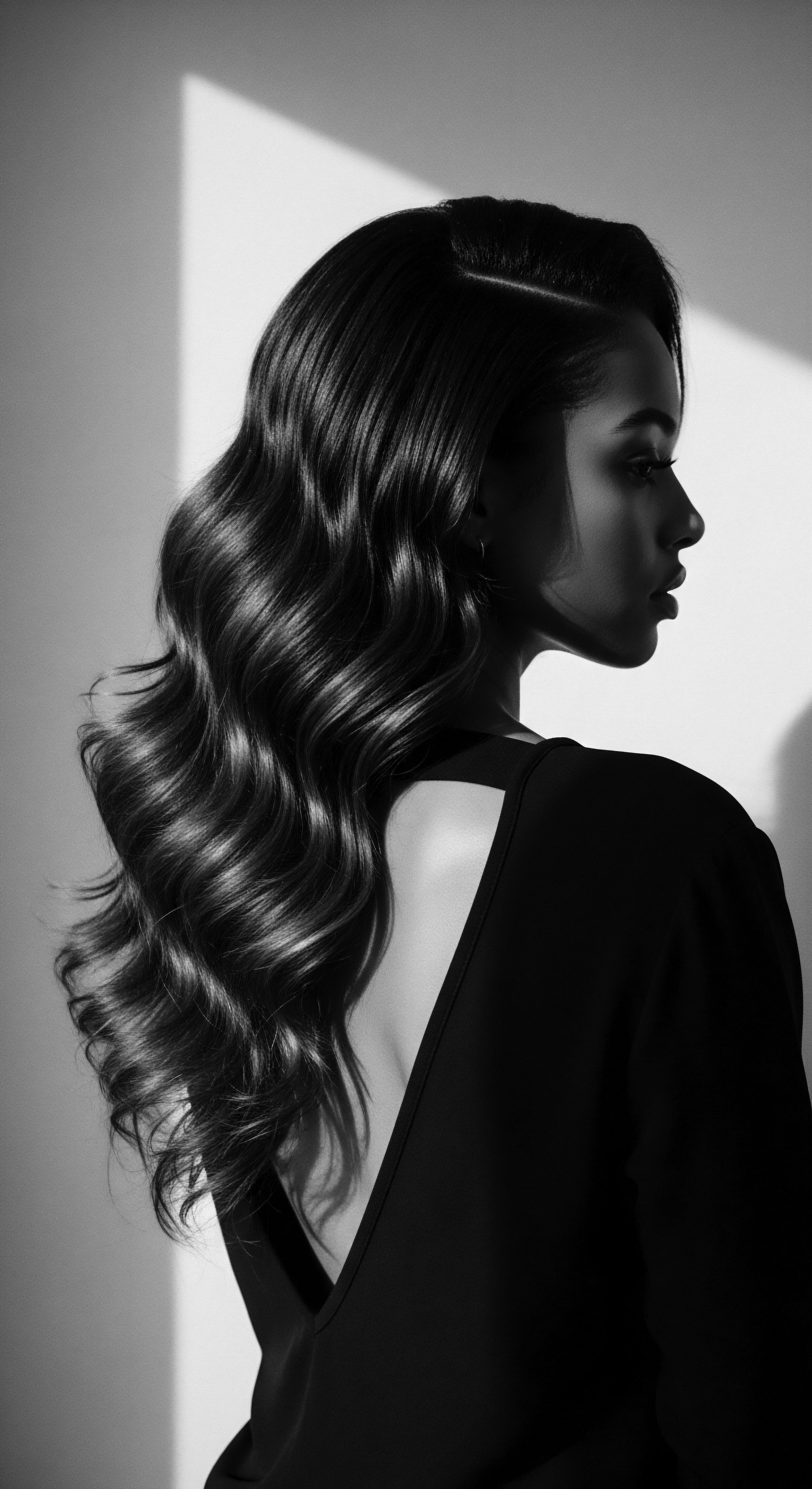
Consequences of Imbalance ❉ Historical and Contemporary Echoes
A persistent lack of moisture, termed dehydration, renders hair brittle, dull, and highly prone to breakage. This condition is particularly problematic for textured hair, as its natural inclination towards dryness can be exacerbated by environmental factors and aggressive styling practices. Conversely, excessive and prolonged exposure to water without proper protein-moisture balance can lead to a state sometimes referred to as hygral fatigue, where the hair fibers repeatedly swell and deswell, potentially weakening the hair’s internal structure and causing increased porosity and breakage over time.
However, recent research suggests that for highly coiled hair, the benefits of water for reduced breakage during combing often outweigh the concerns of increased friction on wet, swollen hair. This further highlights the unique needs of textured hair.
The historical narrative of Black hair care is replete with ingenious solutions to combat these challenges. Faced with limited resources during the era of enslavement, Black women utilized whatever was accessible—from repurposed tools to natural substances like animal fats and rudimentary concoctions—to maintain their hair’s integrity. This resourcefulness was a testament to their deep-seated knowledge of hair’s needs, an intuitive application of moisture retention principles under duress. The continuity of these practices, adapted and refined across generations, underscores the deep connection between hair health, cultural identity, and enduring resilience.
The concept of Moisture Balance Hair thus stands as a complex nexus where the biology of textured hair meets centuries of cultural practice and scientific exploration. Its meaning is not static; it evolves with new research while consistently honoring the ancestral wisdom that first sought harmony for the hair.
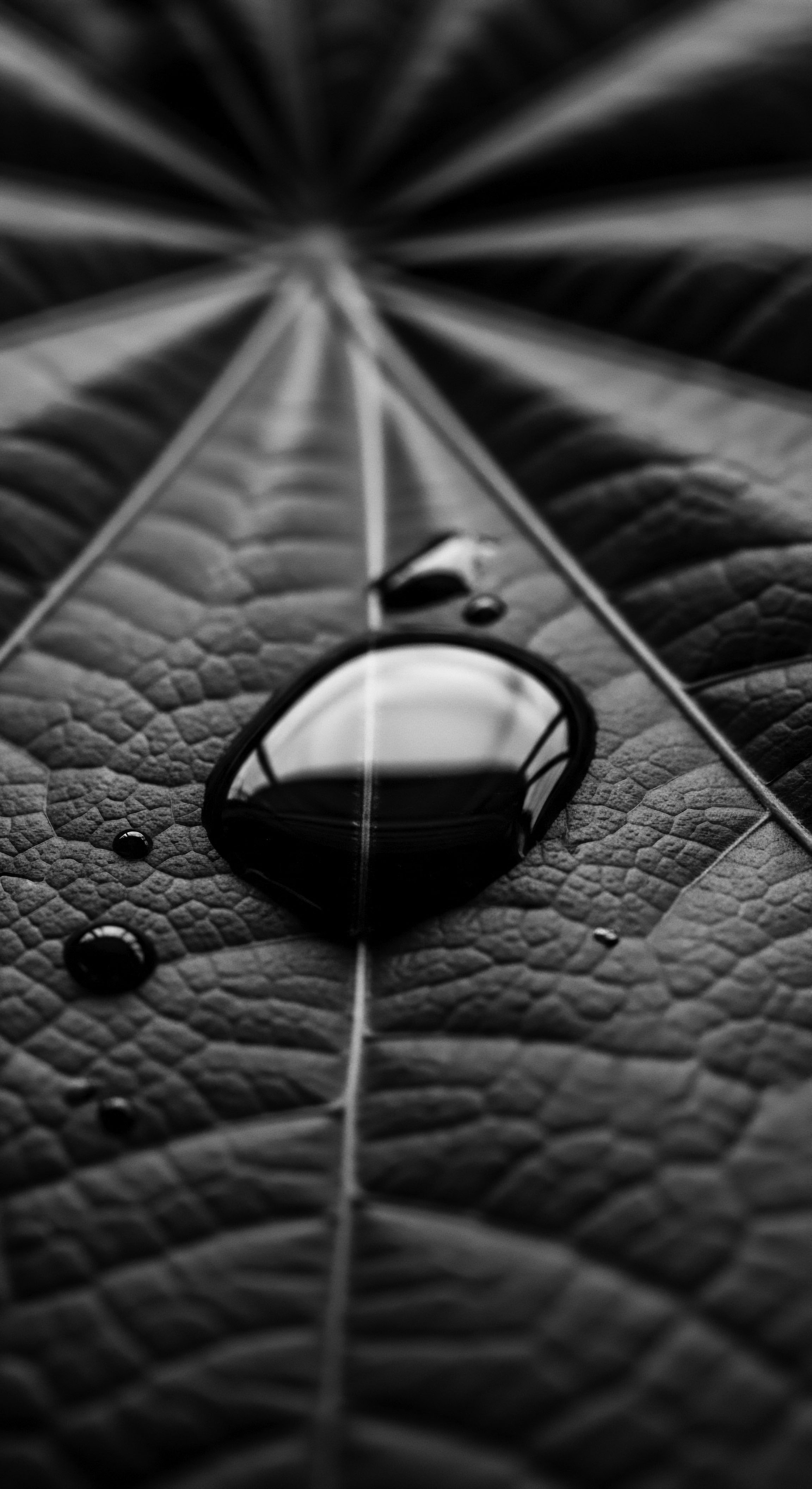
Reflection on the Heritage of Moisture Balance Hair
To contemplate Moisture Balance Hair is to stand at the confluence of ancient rivers and modern streams, tracing the enduring legacy of care that flows through textured hair heritage. This concept is not merely a technical definition; it is a living archive, a narrative of resilience inscribed in every curl and coil. Across generations, from the sun-drenched lands of pre-colonial Africa to the vibrant communities of the diaspora, the pursuit of hair’s innate moisture has been a steadfast practice, a quiet act of devotion to self and lineage.
The methods have transformed, adapting to new climes and circumstances, yet the underlying truth remains ❉ healthy textured hair pulses with life when its internal waters are sustained. The collective memory of shared rituals—the communal braiding sessions under ancestral skies, the careful application of earth’s generous butters, the quiet strength found in self-grooming during times of duress—all speak to a deep understanding of hair’s sacred nature. These practices, once born of necessity and wisdom, now offer profound insights into the very science of hair, affirming that human intuition often precedes formal discovery.
The journey of Moisture Balance Hair through heritage is a profound testament to continuous care, cultural innovation, and enduring self-affirmation.
Moisture Balance Hair, viewed through this heritage lens, represents more than just a regimen; it embodies a continuous conversation with our past, a vibrant dialogue with our present, and a hopeful declaration for our future. It serves as a reminder that the beauty and vitality of textured hair are intrinsically linked to its unique needs, needs that our ancestors understood with remarkable clarity. As we continue to unravel the complexities of hair science, we find ourselves echoing the quiet wisdom of those who came before us, discovering that the path to a balanced, thriving crown was, in many ways, already illuminated by the tender thread of tradition. Each strand, hydrated and nourished, becomes a testament to an unbroken lineage of care, a whisper from the source guiding us toward holistic well-being.
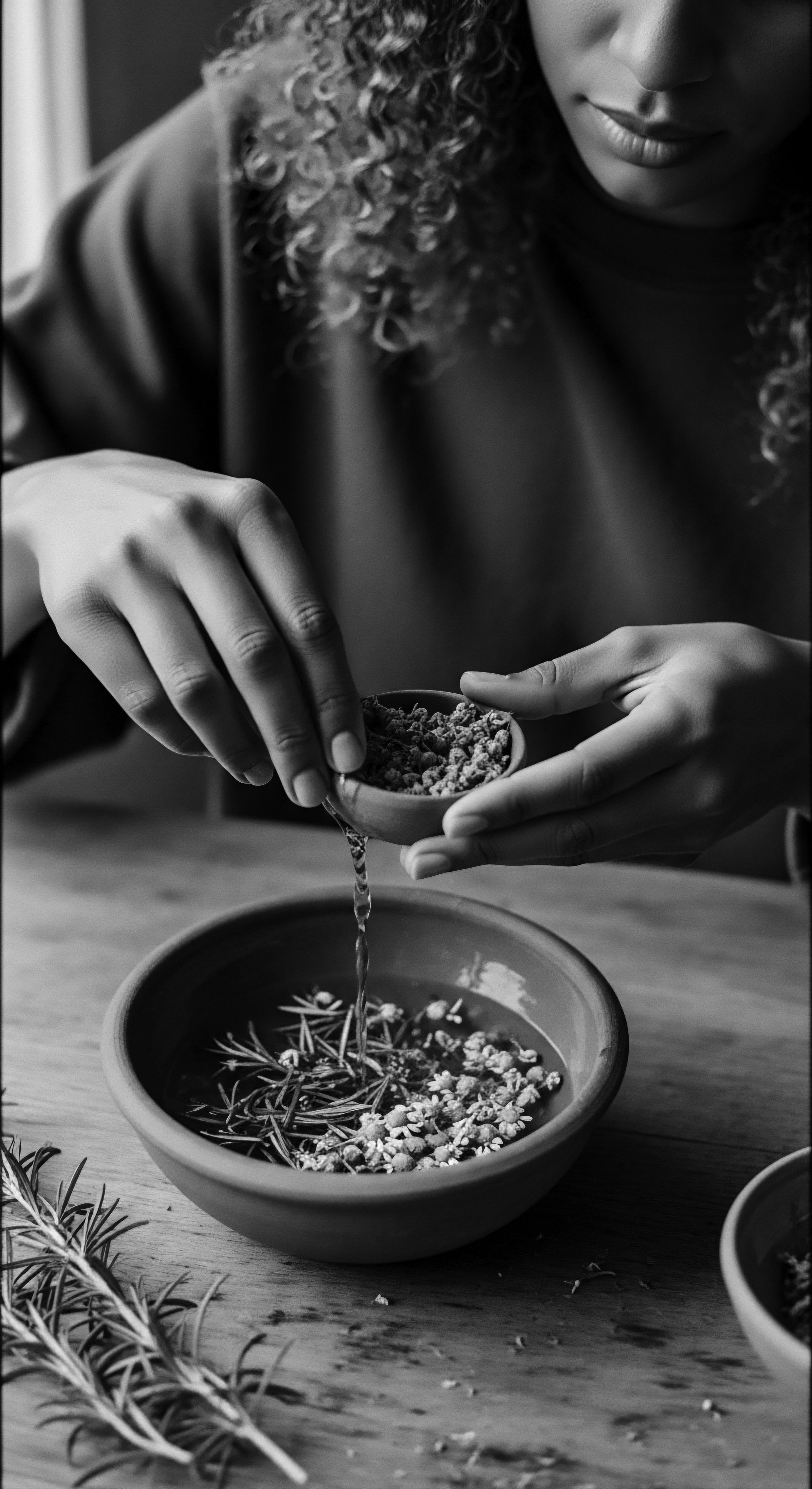
References
- Byrd, Ayana, and Lori L. Tharps. Hair Story ❉ Untangling the Roots of Black Hair in America. Macmillan, 2014.
- Campbell, Janet. Owner, Nanni’s Natural Hair Salon. Cited in “Black Women and Identity ❉ What’s Hair Got to Do With It?” University of Michigan.
- Maharaj, Claudette. “Beyond the roots ❉ exploring the link between black hair and mental health.” TRIYBE, 2025.
- Mbilishaka, Afiya. “Braids, Wigs, & Wash Day Routines ❉ 4 Black Women On The Meaning Behind Their Hair Rituals.” Refinery29, 2022.
- Park, Kimum. “Hot Topics in Textured Hair Research ❉ Hair Porosity and Hair Braiding Damage.” Croda, 2020.
- Rowe, Kristin. “Braids, Wigs, & Wash Day Routines ❉ 4 Black Women On The Meaning Behind Their Hair Rituals.” Refinery29, 2022.
- Sewraj, Poonam. “Defying Damage ❉ Understanding Breakage in Afro-textured Hair.” L’Oréal. Cosmetics & Toiletries, 2020.
- Woolery-Lloyd, H. The Science of Black Hair ❉ A Comprehensive Guide to Textured Hair Care. Macmillan, 2010.
- “Hair Moisturization Claims 101.” TRI Princeton, 2024.
- “The Science Behind Your Hair ❉ Moisture vs Hydration.” Kérastase, 2024.
- “What Is Optimal Hair Hydration?” K18 Hair, 2024.
- “Unveiling the Effects of Water on Hair and Scalp.” Septième, 2024.
